Shin Megami Tensei III Nocturne HD Remaster, like pretty much every role-playing game on the market, places great emphasis on its combat mechanics. The original release is actually the very first Atlus game to feature the Press Turn combat system that has been employed in countless other games, including the latest entries in the Persona series.
Being the first iteration of this combat system, however, things do work differently in Shin Megami Tensei III Nocturne HD Remaster than in games that were released after the original came out. Here’s everything you need to know about this system.
How Does Combat Work In Shin Megami Tensei III Nocturne HD Remaster?
As mentioned above, Shin Megami Tensei III Nocturne HD Remaster uses the Press Turn combat system, a turn-based system where you and the enemy take turns to unleash regular attacks, skills, use items, negotiate with the opponent, and so on.
Each character, both in your party and the enemy’s, gets a single turn to act, but the available turns can be increased by taking advantage of the Weakness system. Each and every demon in the game, including the Demi-Fiend, comes with its own set of weakness and resistances: when a character is attacked with a skill whose element they are weak against, the attacker’s party gets an additional turn; if attacked with a skill whose element they are resistant against, not only it will deal reduced or even null damage, but they will also lose turns. As the Weakness system is so deeply tied into the combat mechanics, bringing a balanced combat party that can deal all types of damage to enemies is extremely important.
Late in the game, you will start encountering demons who do not have weaknesses, making it more difficult to take them down. This is where status ailments and buffs and debuffs come in.
Shin Megami Tensei III Nocturne HD Remaster features a lot of different status ailments that can help you quite a bit taking down the most powerful demons, ranging from the regular poison ailment to charm, paralysis, confusion, and so on. While these are not all that important for the first few hours, you should definitely consider bringing demons with these status-altering skills with you: you never know when you’re going to fight that one rare enemy without any weakness to exploit that can take you down in a single turn.
Buff and debuff skills are just as important as elemental and status-altering skills in Shin Megami Tensei III Nocturne HD Remaster. More often than not, you will find yourself to be underleveled for any new area you find, even at the normal difficulty setting. As grinding can get repetitive, using buffing skills on your party and debuffing skills on your enemies can make things a little easier, especially in boss battles, as they increase and decrease attack power, defense, and agility temporarily. Later in the game, you will start getting demons who can buff and debuff multiple targets for a somewhat high MP cost, so make sure to avoid going all out: a mixture of single target and multiple targets skills will make sure you will have enough MP to take on the many powerful bosses featured in the game.

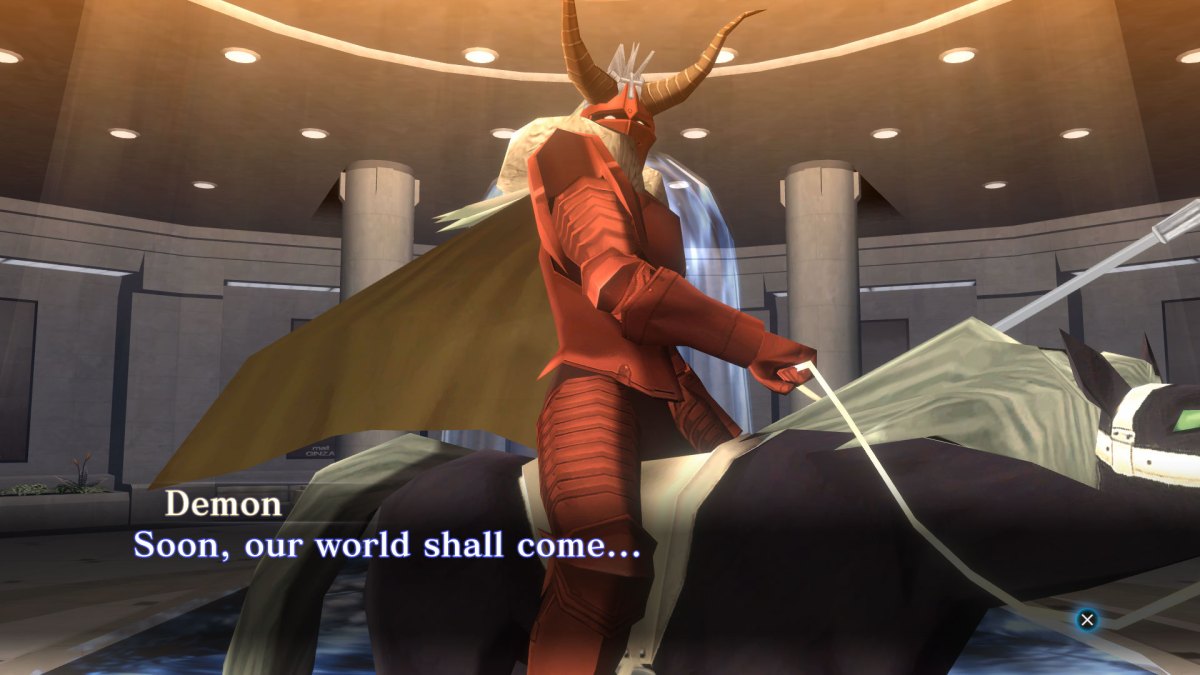
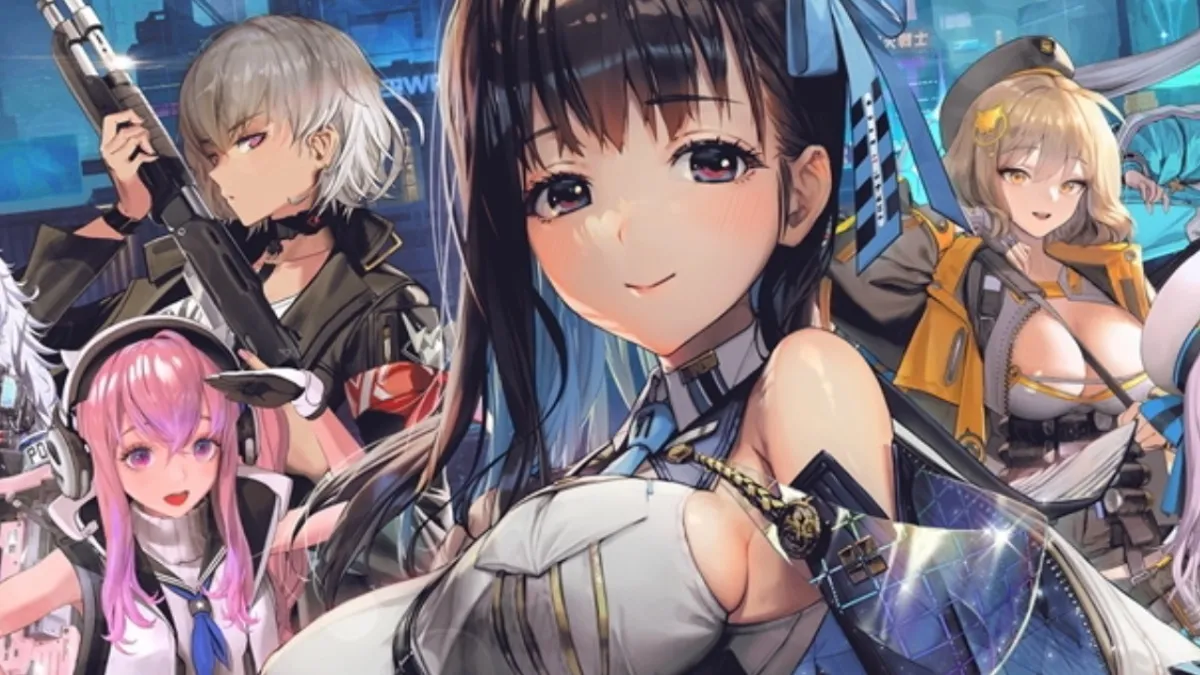
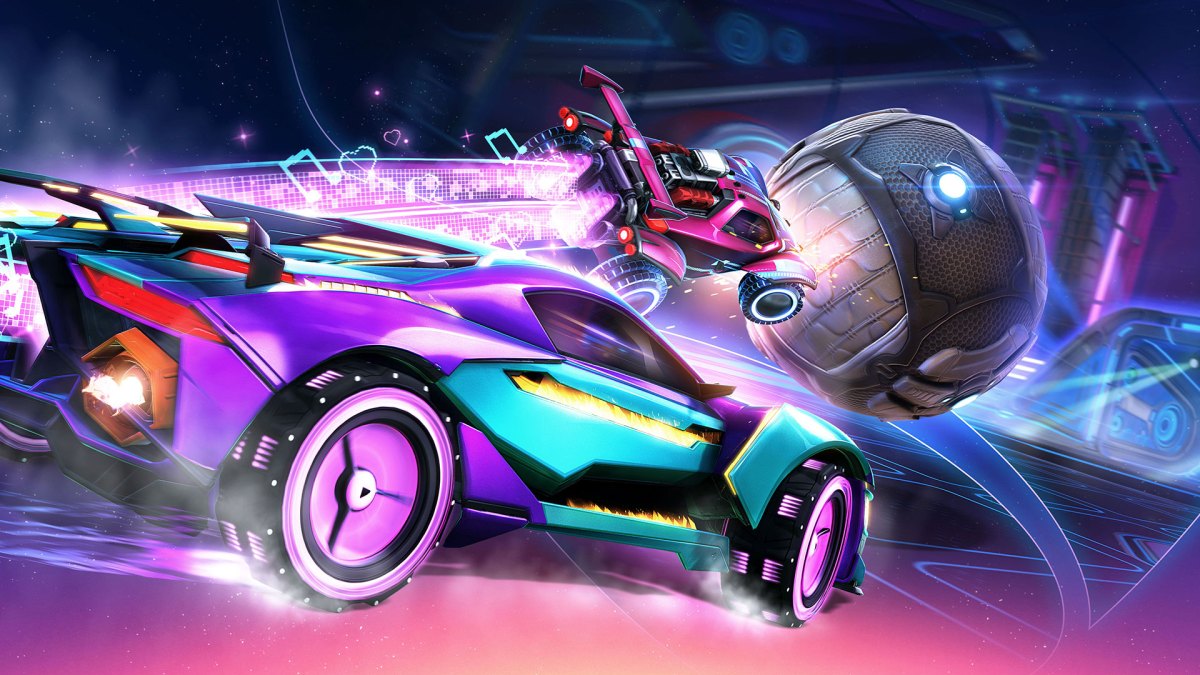

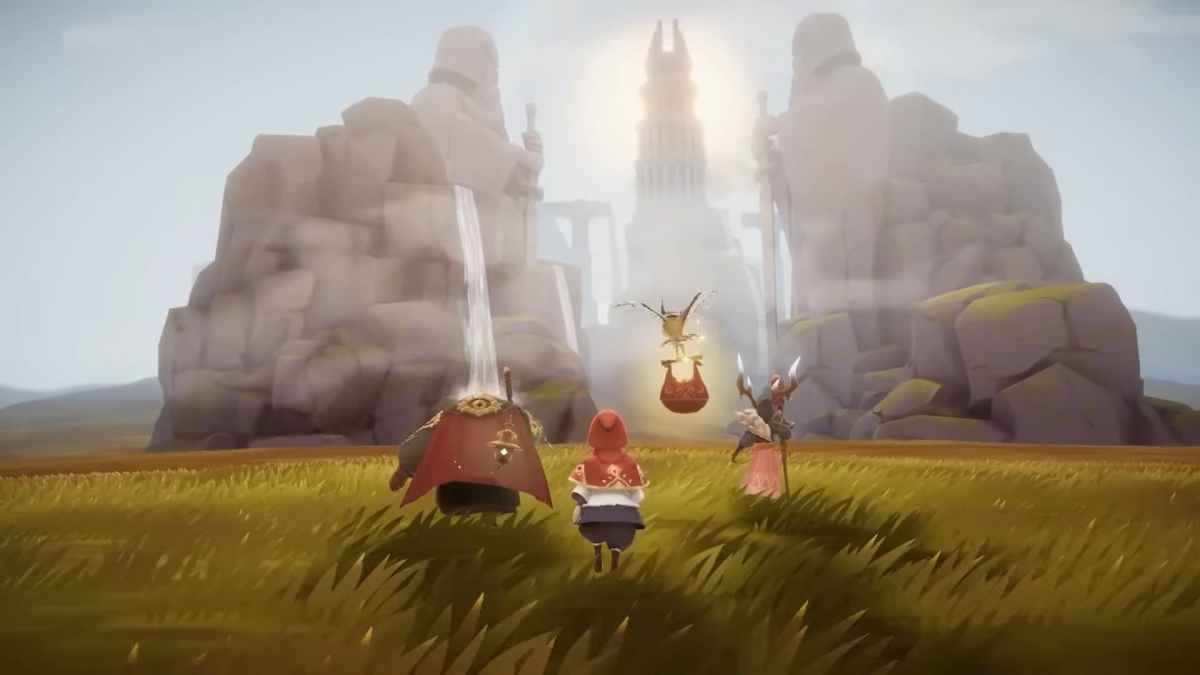
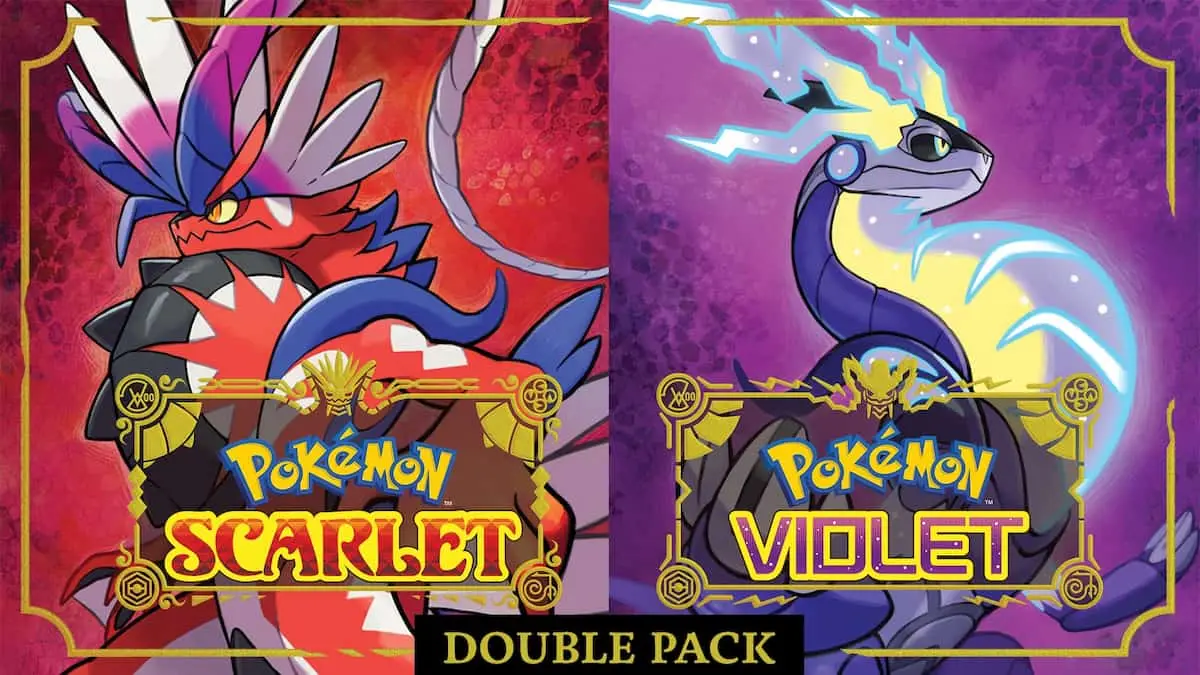
Published: Jun 9, 2021 06:11 am